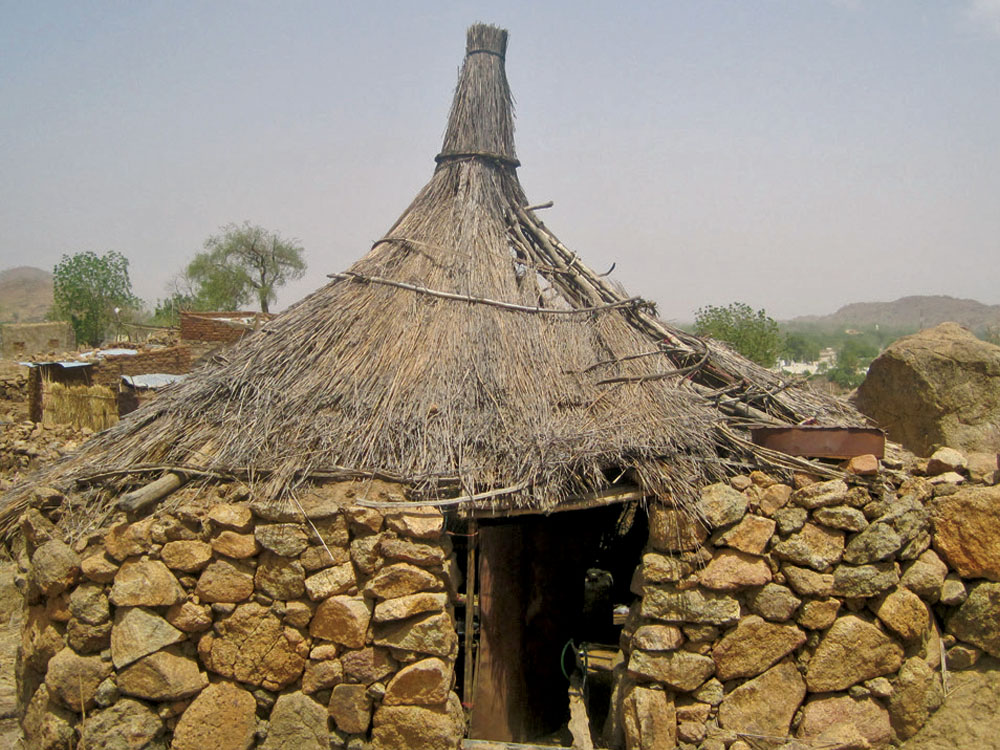The style of houses in western and eastern Sudan
Issue 55

Dr Asaad Abdul Rahman Awad Allah
A writer from Sudan
This paper aims to describe the types of houses in western and eastern Sudan. It also describes the raw materials used and the types, functions and uses of furniture and tools inside the houses.
The paper uses the descriptive approach in relation to the raw materials used in construction, methods of preparation, and stages of construction.
The data for the study was acquired during the author's field visits to various parts of Sudan where he photographed multiple homes in both eastern and western Sudan, and on his visit to the Sudan National Museum of Ethnography.
The Sudanese house has tangible cultural tools shared by several groups living in the eastern region and the regions of Kordofan and Darfur, and these tools confirm the authenticity of the tangible heritage's past.
This paper describes the houses of western Sudan, from southern Kordofan to Darfur to the north. It also details the architectural styles with a focus on the Nuba house and the house of the Baggara in South Darfur, and on the al-Brash house. It includes a detailed description of furniture and housewares made from leather, fronds and gourds.
The paper also includes a description of the tents of the Kababish in northern Kordofan, with illustrations of the furniture, housewares and tools used in daily life.
The paper also sheds light on the eastern region of Sudan, describing three types of houses – Rashaida’s tent in Kassala state, the Al-Brash house in Beja, and the Doubly house in Shukria in the Red Sea and Kassala states. It includes a description of the Qatya, the stages of construction, and the extent to which it has spread through various regions of Sudan with a reference to its history in ancient Sudan.
I also included the Raakuba and its architectural significance as a common legacy that reflects the level of unity in Sudanese culture despite diversity and multiculturalism.







































































